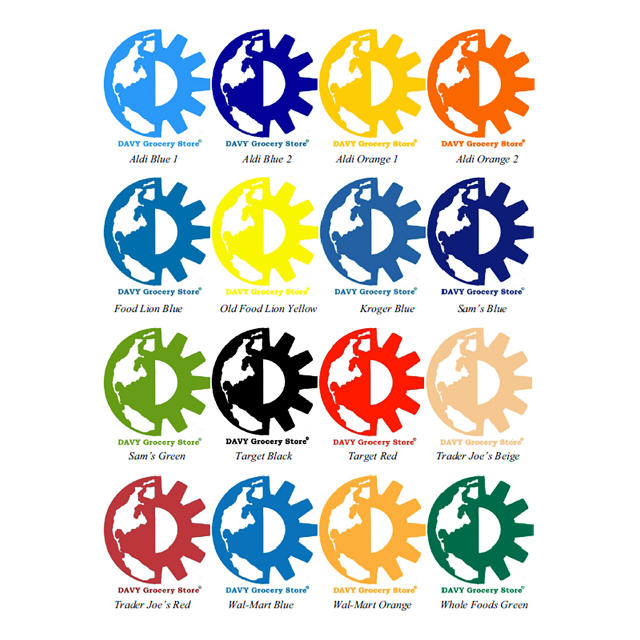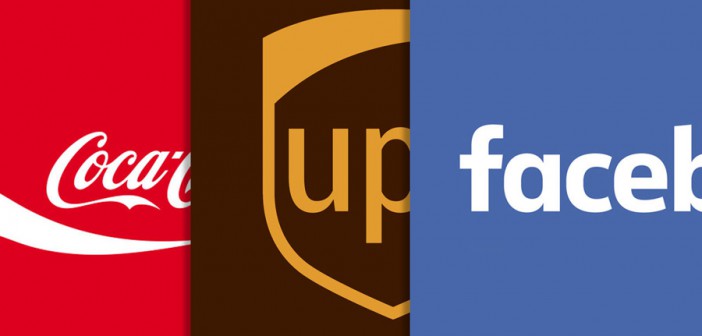A NEW STUDY ON THE ETHICAL IMPLICATIONS OF LOGO COLORS SUGGESTS THAT THE BLUE MIGHT BE “GREENER” THAN GREEN WHEN IT COMES TO BRANDING.
We live in a time of rampant greenwashing. Ever since companies realized that eco-friendliness can lure consumers, they’ve gone out of their way to market themselves as clean and socially responsible—whether it’s true or not. The easiest way to show your company is green? Actually use the color green in your branding.
Or blue.
A new study from University of Oregon and University of Cincinnati reveals that a logo’s color can influence whether consumers think a brand is ethical or not. Sure enough, green and blue top the list of colors people associate with environmental friendliness.

courtesy University of Oregon
In fact, as co-author James Kellaris, UC’s marketing department puts it in a press release, the study suggests that “blue is ‘greener’ than green terms of conveying an impression of eco-friendliness, despite the frequent use of the word ‘green’ to convey that idea.”
The researchers tested this hypothesis by presenting shoppers with fake logos that used the same color schemes as known brands. Shoppers considered the companies using Walmart blue or Sam’s green in their logos to be more environmentally conscious than those with logos that were Trader Joe’s red. Furthermore, the study showed that if consumers were faced with an ethically ambiguous company, both green and blue could make them perceive the company as more ethical.
These findings fall in line with other research on how our longstanding associations with color impact our perceptions of companies. According to the web design and marketing company WebPageFX, people make a subconscious judgments about a product in less than 90 seconds, and a majority of these people base that assessment on color alone. Understanding people’s innate emotional connection to colors could help companies make their branding more effective—for better or for worse.
[via [i]Quipsologies[/i]]


